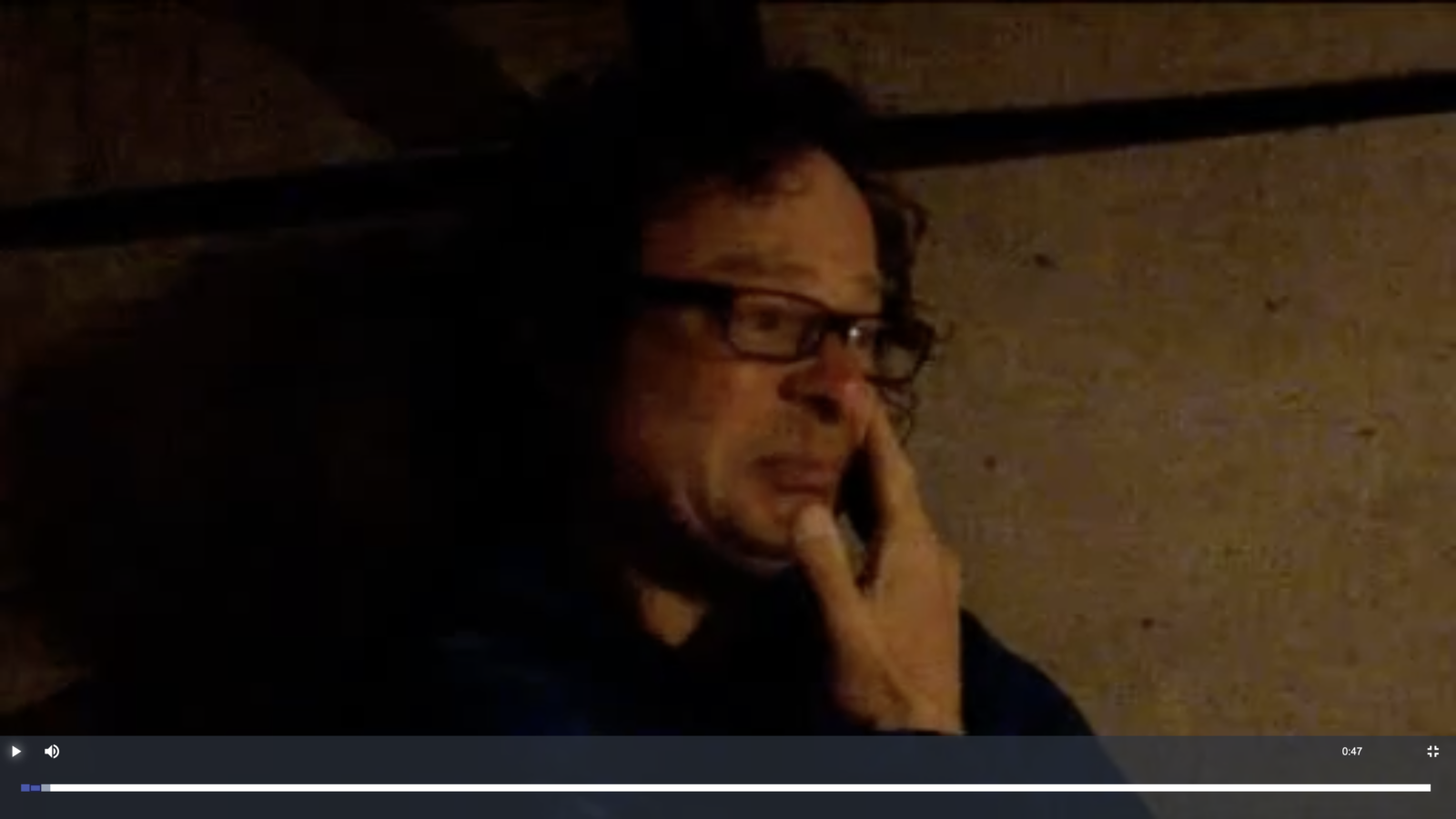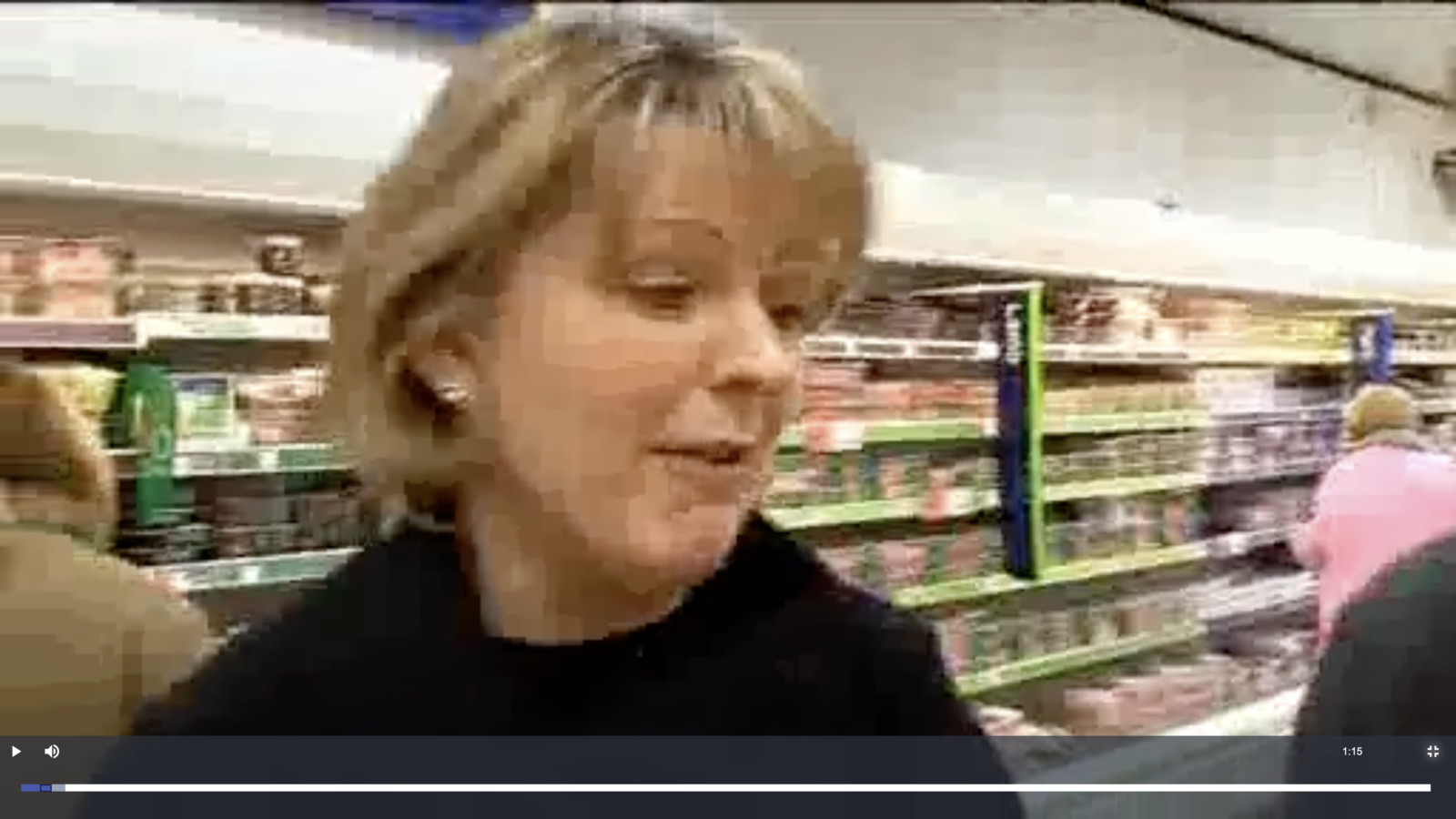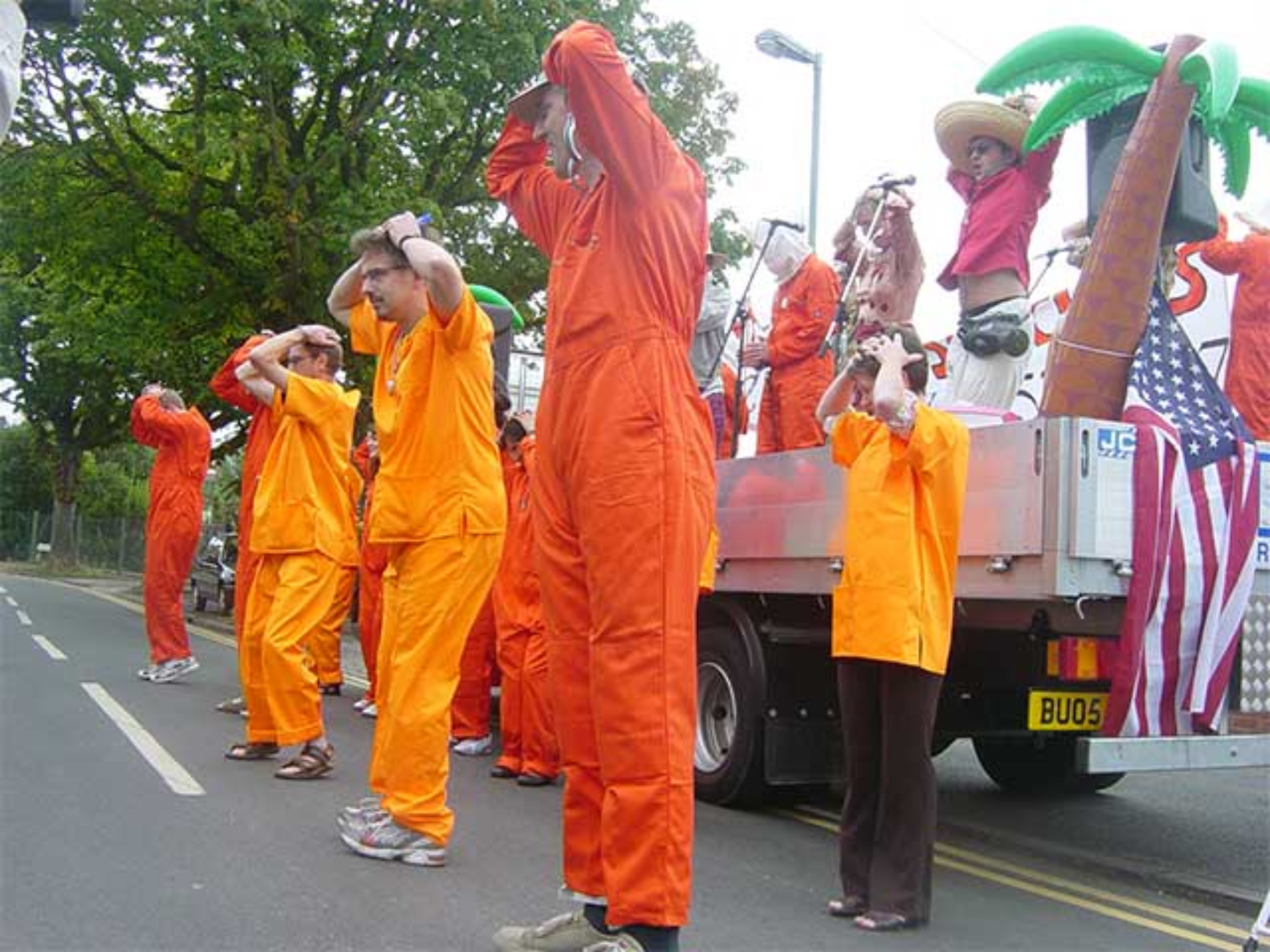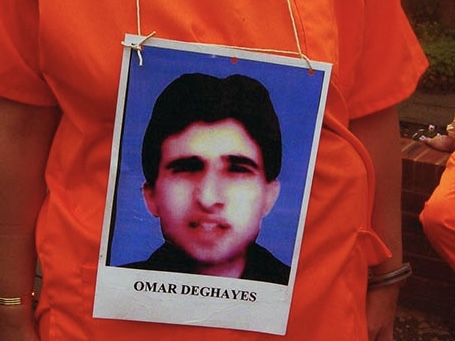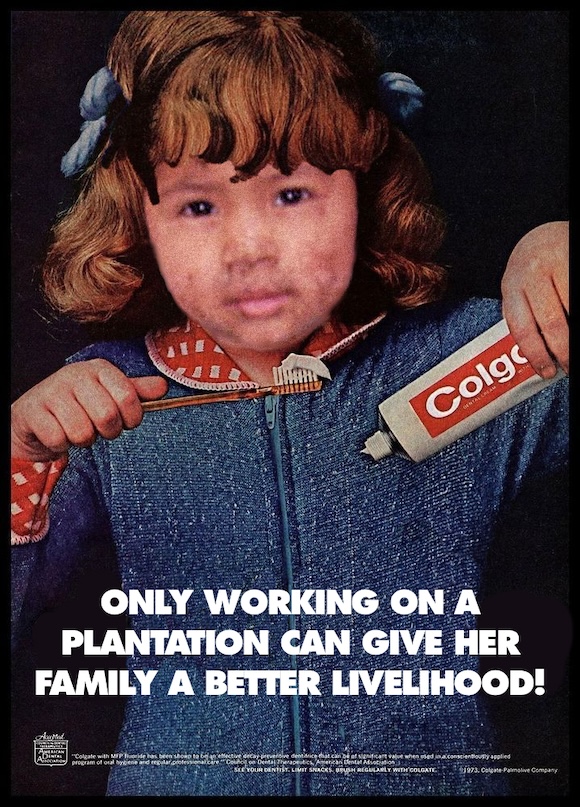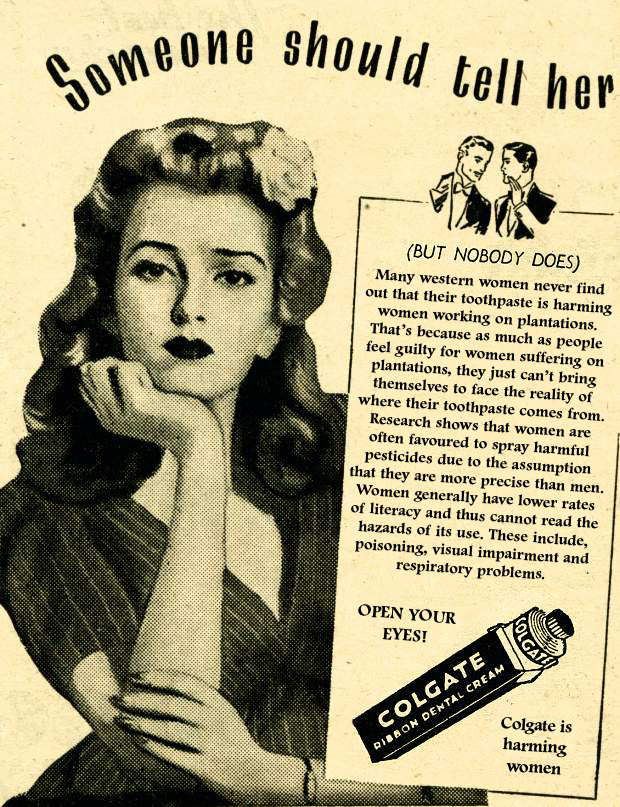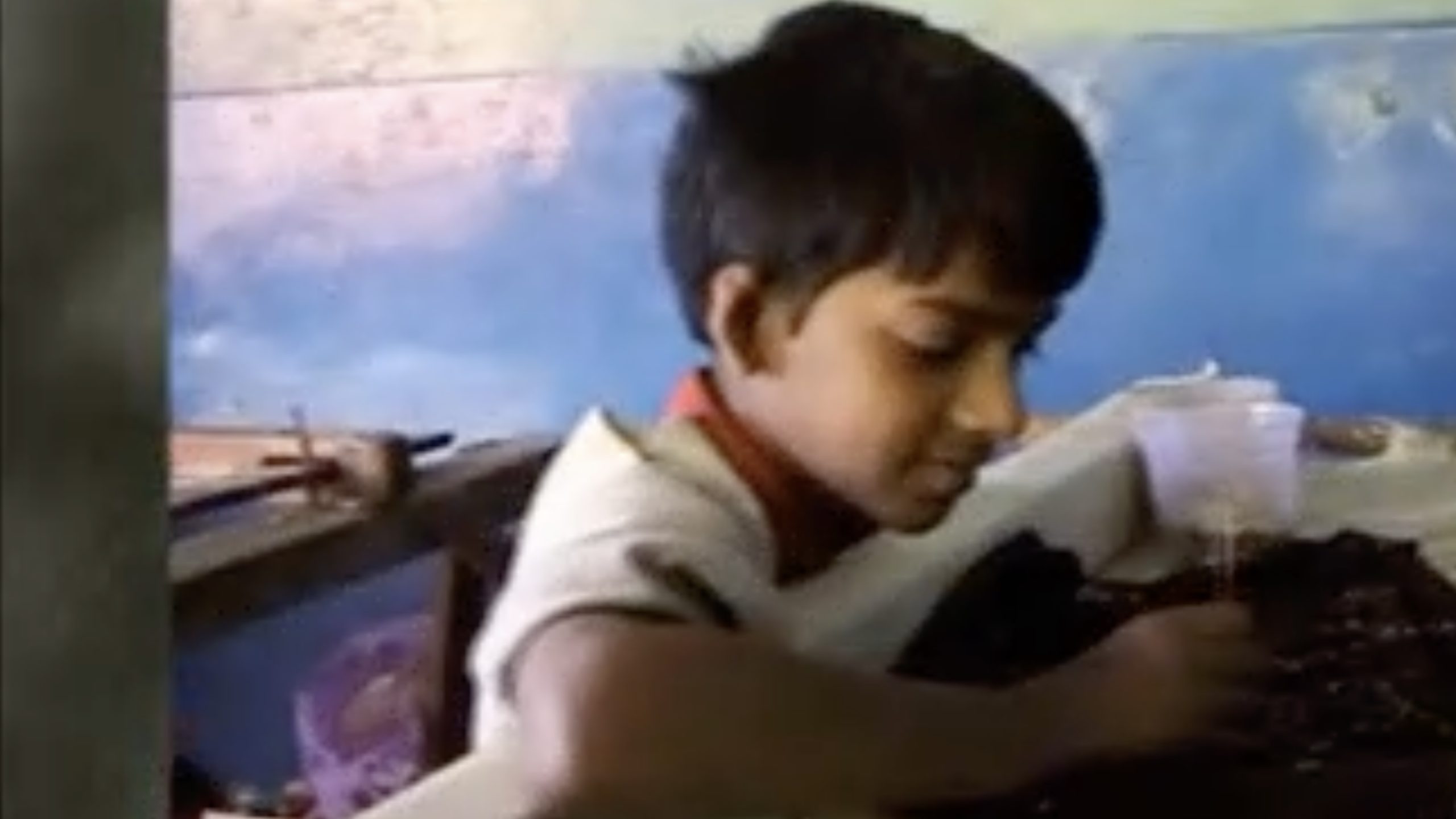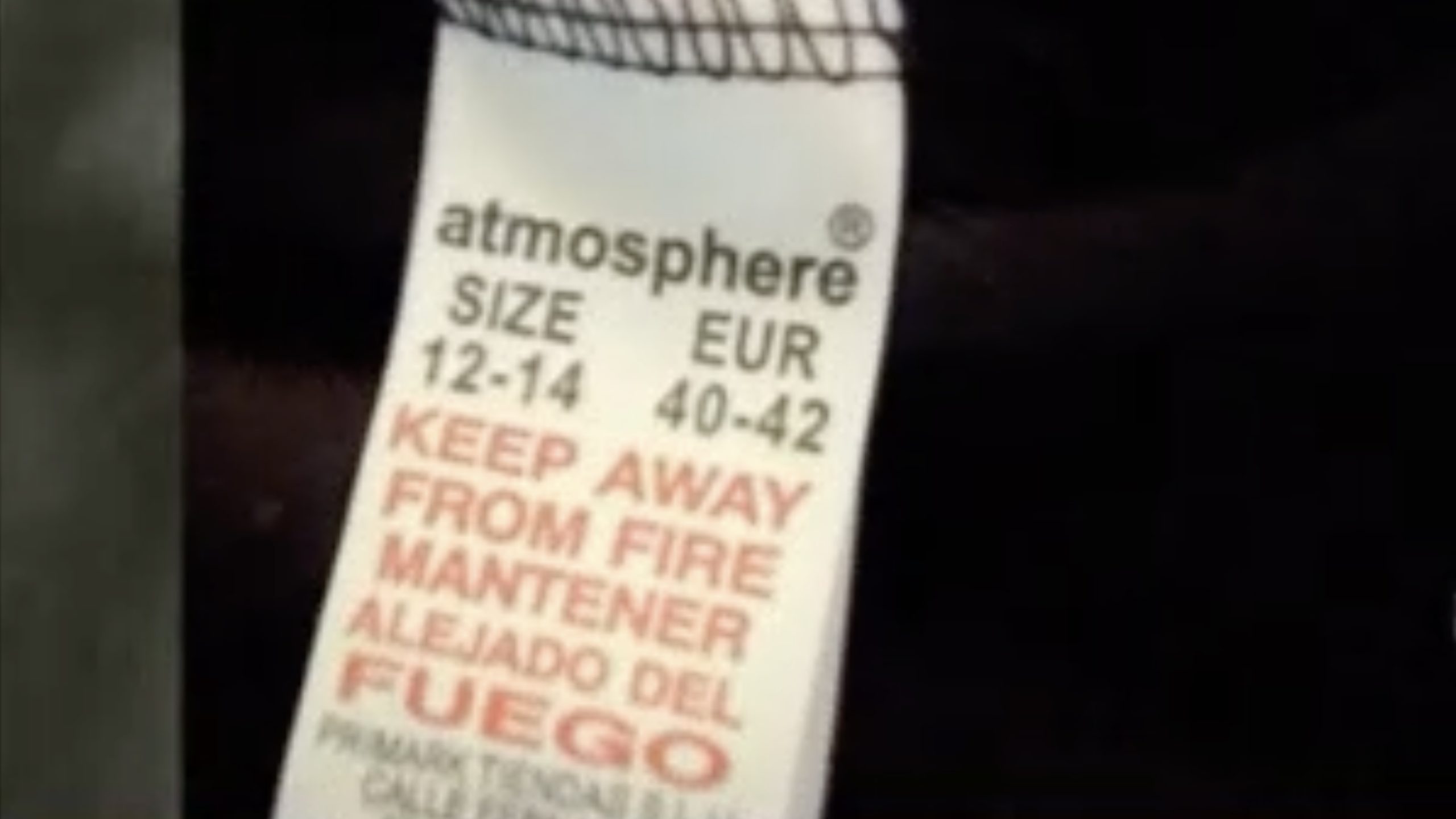
followthethings.com
Home & Auto
“Curse Of The Black Gold: 50 Years Of Oil In The Niger Delta“
A coffee-table book featuring the photos of Ed Kashi, edited by Michael Watts for Powerhouse.
Video promotion embedded above. Preview long & borrow here. Search online to buy here.
Photojournalist Ed Kashi visits the oilfields of the Niger Delta to document the consequences of 50 years of oil extraction on people and environment. His photographs are published in a book edited by geographer Michael Watts containing essays by prominent Nigerian journalists and human rights activists, and Watts himself. It looks and feels like a coffee table book: hardback, large glossy photos, and text. It’s a thing of beauty, but its subject matter is very far from beautiful. Why is it that The Niger Delta is such a ‘hell-hole’ of poverty, conflict and environmental destruction when it could be as wealthy as Kuwait? Kashi travels through this dangerous area with armed rebel groups and takes photos of workers wearing uniforms with familiar oil company logos. Kashi wants to open the public’s eyes about this scramble for oil in Nigeria. He wants them to feel the emotions that he felt when looking these oil workers in the eye. He creates the book, a short promo film to post in YouTube, and gives talks about it. With the murder of local activist Ken Saro-Wiwa, this place and this industry is all over the news. But seeing this up close, in page after page of large and lush colour photographs can – he believes – change people’s minds. But what happens when people do? Are the photos so shocking that they prompt people into action, or into despair? And who bears the responsibility for the unfolding chaos and exploitation in the Niger Delta – the oil companies, the local and national politicians in Nigeria, the foreign governments who support both, oil consumers? Yes. All of them. And Kashi’s photographs – along with Watts’ essays – help to fuel debates about these issues amongst readers in university classes and beyond. There’s something uniquely provocative about coffee-table book trade justice activism.
Page reference: Alice Goodbrook, Jack Middleton, Luke Pickard, Jessica Plumb, Emma Rowe & Megan Wheatley (2011) Pipe Trouble. followthethings.com/curse-of-the-black-gold.shtml (last accessed <insert date here>)
Estimated reading time: 21 minutes.
Continue reading Curse Of The Black Gold: 50 Years Of Oil In The Niger Delta
